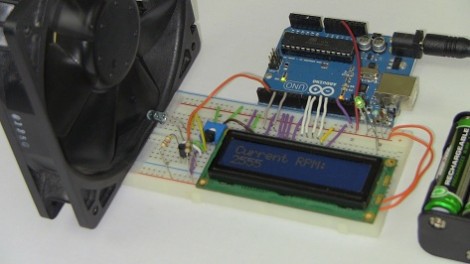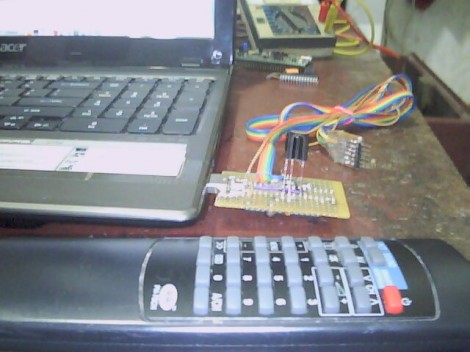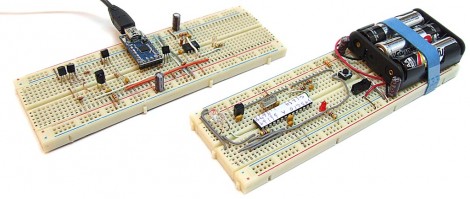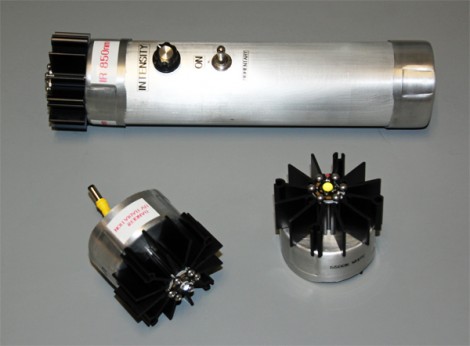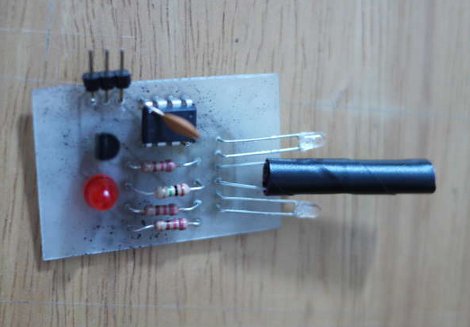
If anyone tries to take anything from this coin bank they’re going to have to brave the creepy looks that [Vladimir Putin] gives them. That’s because [Overflo] rigged up the wall hanging to react when you approach it. It’s all in the eyes, which open and turn red based on your proximity to the picture frame.
The frame itself is the ugliest thing [Overflo] could find at Ikea. He spray painted it gold and added an image of [Putin] with a zany background. At rest [Vlad] has his eyes closed. But the lids are connected to a servo motor to pull against the spring that keeps them shut. An infrared proximity sensor is used to trigger the eyelids when you get relatively close, but if you reach out your hand it will even light up the red LEDs hidden in the pupils of the eyes. See a demonstration of the setup in the video after the break.

